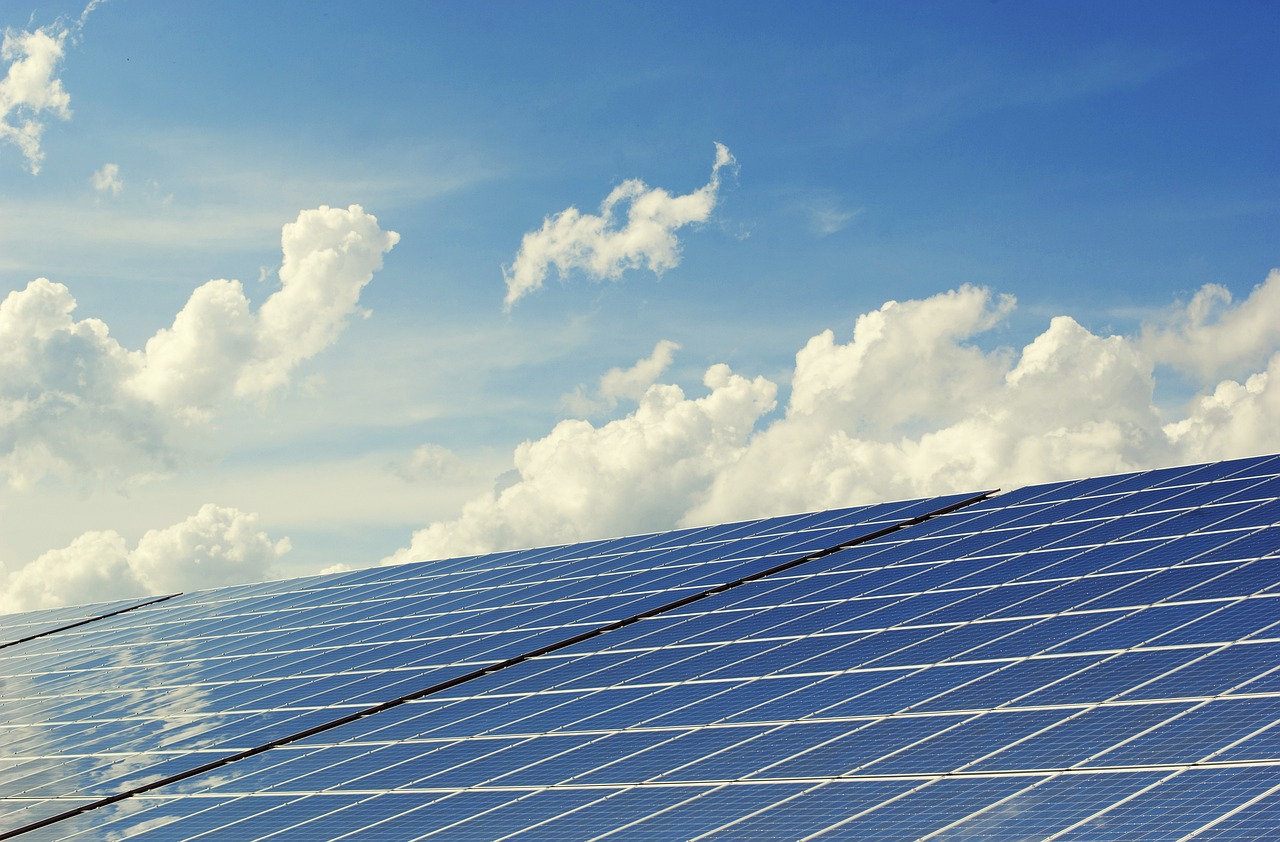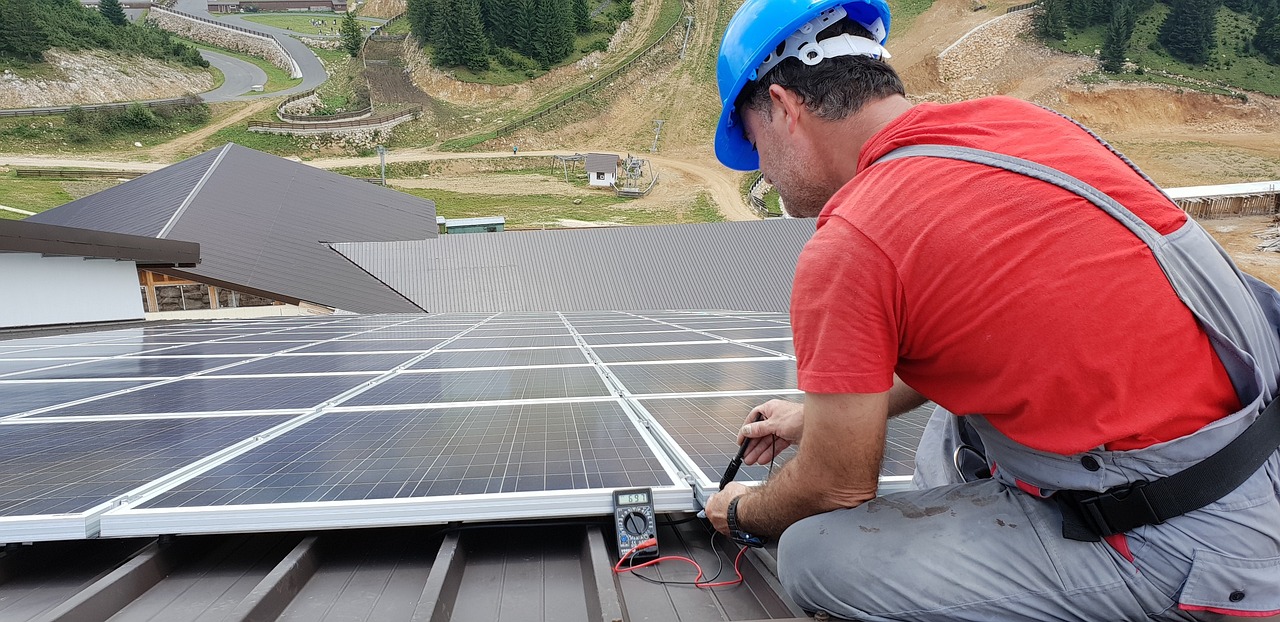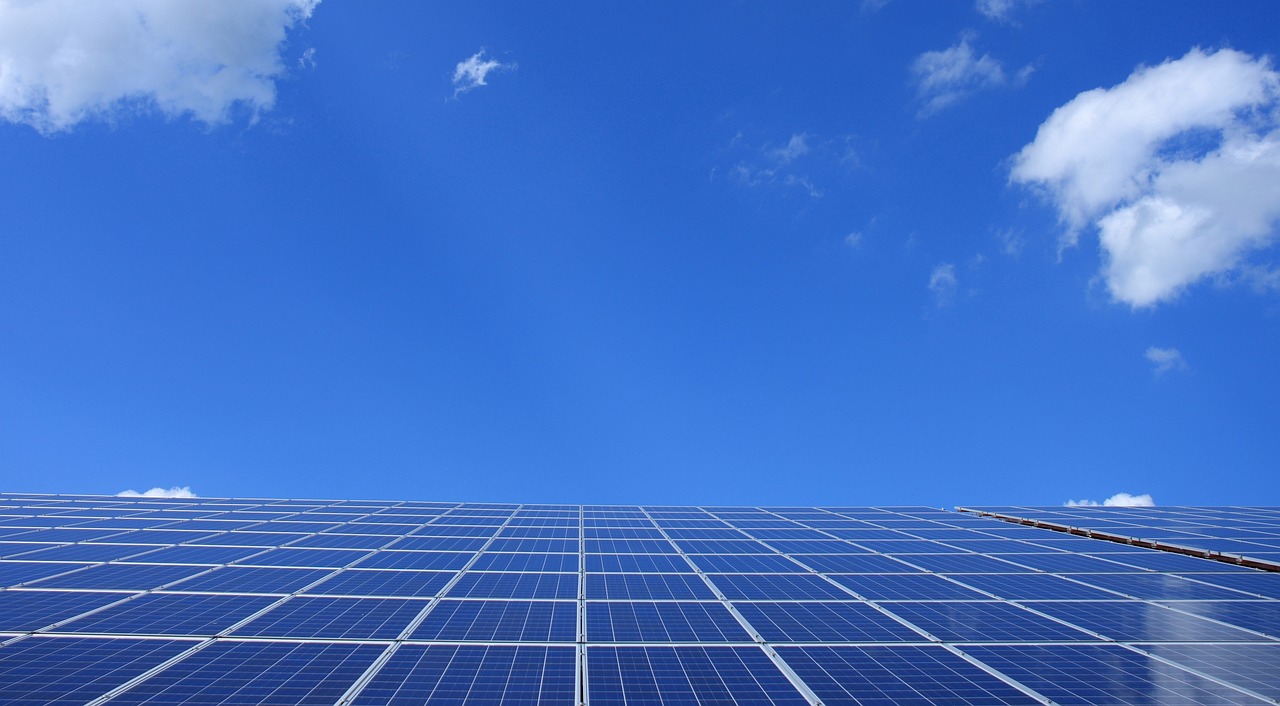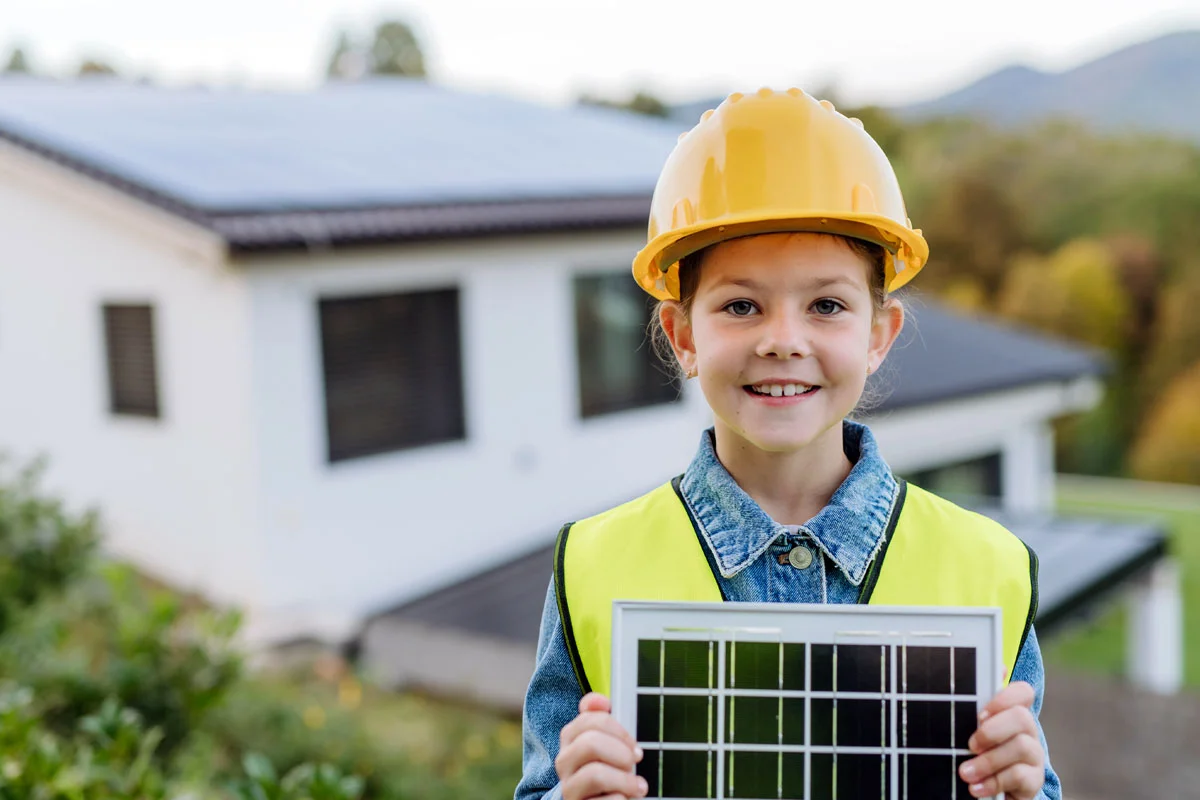Solar energy has gained significant popularity over the years as an environmentally friendly and cost-effective alternative to traditional energy sources. With advancements in technology and decreasing costs, installing solar panels on your roof has become a viable option for many homeowners.
1. Assess Your Roof’s Suitability
The first step before installing solar panels is to assess whether your roof is suitable for solar installation. Factors such as orientation, shading, and structural integrity play a crucial role in determining the efficiency and effectiveness of your solar system.
- Orientation: Ideally, your roof should have a south-facing orientation to maximize exposure to sunlight throughout the day.
- Shading: Ensure that there are no obstructions like tall trees or neighboring buildings that cast shadows on your roof during peak sunlight hours.
- Structural Integrity: A sturdy roof with good condition is essential since solar panels have an average lifespan of 25-30 years.
2. Evaluate Energy Needs
To determine how many solar panels you need, it’s important to evaluate your household’s energy needs. Start by analyzing your past electricity bills to understand your average monthly consumption.
Consider any future changes in energy usage due to additions like electric vehicles or home expansions.
3. Calculate System Size and Cost
The size of the solar system required depends on factors such as available space, energy needs, and budget constraints. You can use online calculators or consult with a professional installer who will consider these factors along with local weather conditions to estimate the system size and cost.
4. Research Available Incentives and Financing Options
Installing solar panels can be a significant investment, but there are various incentives and financing options available that can help offset the initial costs. Research federal, state, and local incentives such as tax credits, grants, or rebates that may be applicable in your area.
Additionally, explore financing options like solar loans or power purchase agreements (PPAs) that allow you to pay for your system over time.
5. Select a Reputable Solar Installer
Choosing the right solar installer is crucial to ensure a successful installation process and long-term performance of your solar system. Take the time to research different installers in your area, read customer reviews, and check their credentials and certifications. Request multiple quotes to compare pricing and services offered before making a decision.
6. Obtain Necessary Permits
Prior to installing solar panels on your roof, it is important to obtain any necessary permits from your local government or homeowners’ association (HOA). These permits ensure compliance with building codes and regulations specific to your area.
7. Monitor System Performance
Once your solar panels are installed, it’s essential to monitor their performance regularly. Many modern systems come with monitoring software that allows you to track energy production in real-time. By keeping an eye on the data provided by this software, you can identify any issues promptly and maximize energy generation.
Solar energy offers numerous benefits both for the environment and homeowners’ wallets alike.
By assessing roof suitability, evaluating energy needs, calculating system size/costs, researching incentives/financing options, selecting reputable installers obtaining necessary permits & monitoring performance; homeowners can successfully install solar panels on their roofs in 2024. With careful planning and consideration, you can harness the power of the sun to generate clean, renewable energy for years to come.






